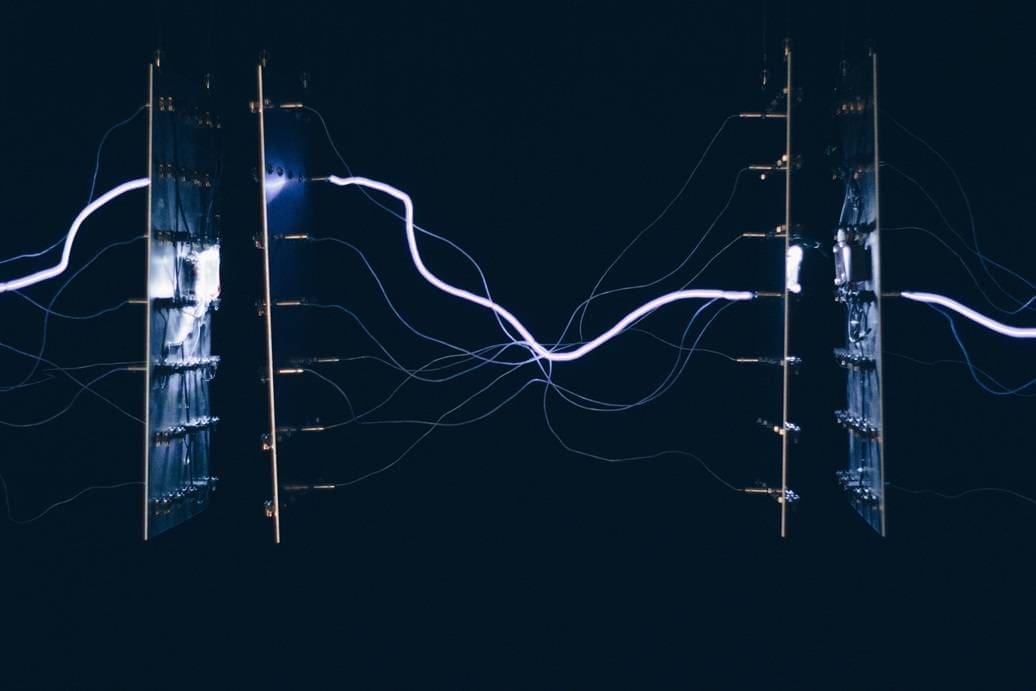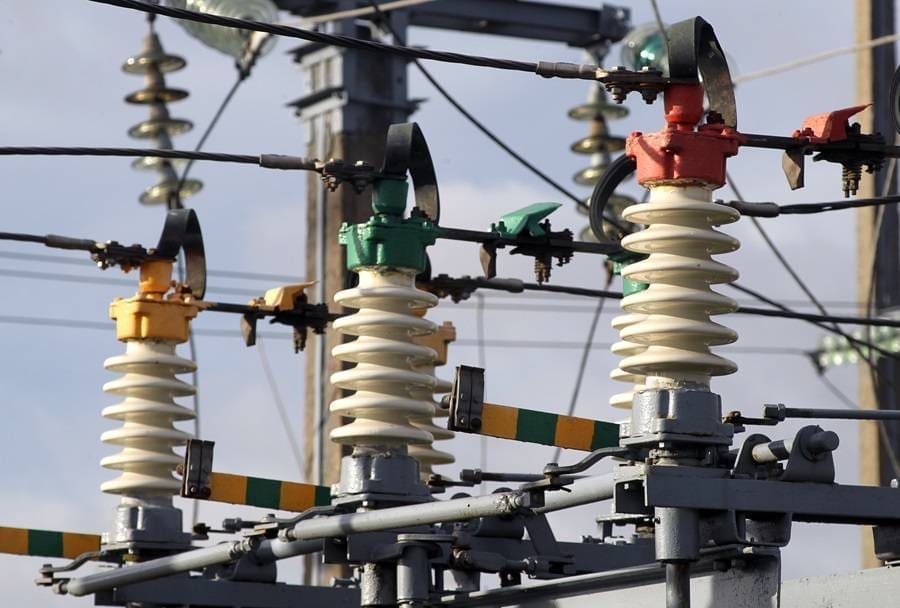The role of voltage regulators in stabilising power grids
 Stabilisation of the power grid
Stabilisation of the power grid
Electricity in the transmission and distribution grid must meet certain parameters and requirements to ensure uninterrupted operation and a stable power supply. In this context, it is particularly important to regulate the voltage in the grid, the level of which can fluctuate due to a variety of factors. So what is the stabilisation of the power system and what role does the voltage regulator play in this process?
The voltage value is one of the factors determining the quality level of the electricity supplied. Excessive voltage spikes or dips can lead to destabilisation of grid operation, failures, shutdowns or interference with electrical equipment. For this reason, power system operators must take measures to ensure adequate electricity parameters, using, for example, grid voltage regulation systems. Requirements in this respect are set out in the following documents:
- the PN-EN 50160 standard
- the regulation of the Minister of Economy of 4 May 2007 on the detailed conditions for the operation of the power system
Stabilisation of the power grid
One of the significant challenges, that has become increasingly important in recent years, related to ensuring adequate grid operating parameters is the development of RES and, in particular, the growing popularity of photovoltaics. Photovoltaic installations do not operate continuously, and from the grid’s perspective, the energy they generate should be used right away. Unfortunately, this is not always possible. The transmission and distribution grid currently operating in Poland is not designed to adequately handle the large amount of distributed power generation. Photovoltaic installations are experiencing a period of dynamic development in Poland, but this entails increasing demands on the grid. This is because there is increasingly a risk that surplus power may lead to an increase in voltage and exceeding the parameters set by the relevant regulations. What values should the supply voltage have in distribution grids in Poland? LV power lines in Poland supply alternating current at a voltage of 230 V. A deviation of +/- 10% of the rated voltage is permissible. This means a range from 207 to 253 V. One component that can be used to maintain the expected values in the grid is the voltage regulator.

Voltage regulator in the LV grid
In the case of low-voltage grids, stabilisation of the power system can be achieved, among other things, through the use of LVRS (low-voltage regulation system), a voltage regulator that is designed for use in low-voltage grids. It allows to maintain the required voltage level and thus improve the power quality parameters.
The device works by using additional single-phase transformers and a regulation system. By directing the voltage on the side of the regulated circuit either in line with or opposite to the supply voltage, the voltage level is raised or lowered. Two single-phase transformers per phase are used for this purpose.
The LVRS voltage regulator can be installed at various points on the distribution grid and the specific location is chosen according to needs and analyses. They are most commonly used at the very beginning of a line section, but also further down the line: upstream of a cable switchgear, a pole or a single consumer supply. These regulators are modular, which facilitates their application in both outdoor and indoor designs.
Energy storage facility as a grid voltage regulator
As already mentioned, one of the factors that can destabilise grid operation is the development of photovoltaic installations. A voltage stabiliser for photovoltaics helps to solve the problem of limiting the prosumers’ ability to feed energy back into the grid. What can act as such a stabiliser? Electricity storage facility – this solution makes it possible to significantly reduce the risks associated with the fluctuating nature of photovoltaic energy production. By storing the energy generated during peak production periods in an energy storage facility, renewable energy sources can be used more efficiently. The storage facility can be a source of energy during an energy production deficit, and it also eliminates the problem of limited ability to accept energy from photovoltaic installations into the grid.
What is more, an electricity storage facility increases user safety (it can be used as a backup source in the event of a grid shutdown) and makes it possible, in a way, to postpone the need to invest in other solutions aimed at ensuring stable grid operation. Of course, it is not a panacea for all the problems associated with integrating renewable energy sources into the grid, but, especially in combination with other available solutions, it can be an important element in the process of stabilising the power grid.